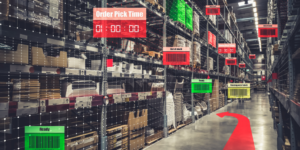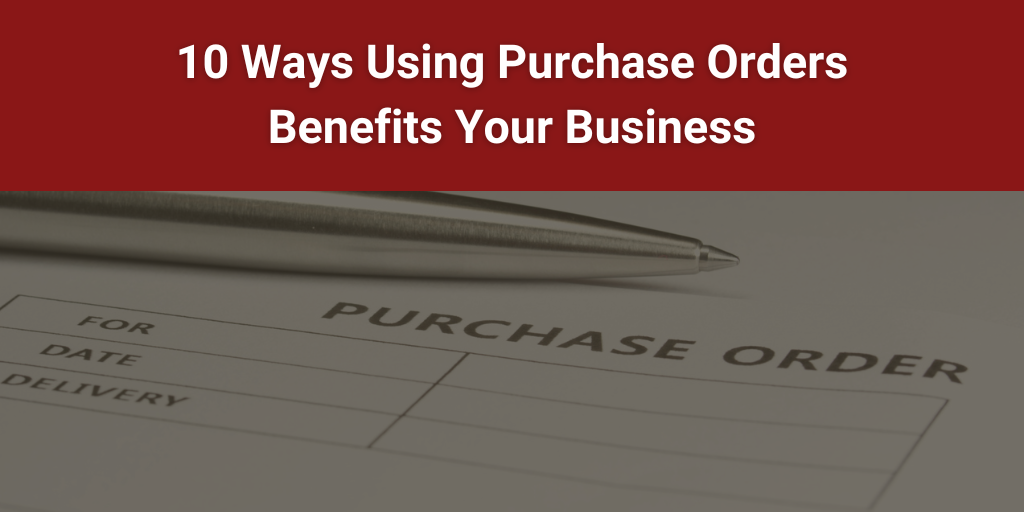April 11th 2024 12:20:13 PM
Shipping Costs a Conundrum for Your Business? How to Beat Shadow Inflation and Raise Prices
December 21st 2021 11:00:00 AM
Unless you have been living under a rock, you have heard about the sky-high rates being paid for shipping containers lately. The costs have jumped by an average of 126% in 2021 over the previous year according to the UK consultancy firm Drewry.
There has definitely been a divergence between pricing and quality when you look at shipping delays for imported and exported goods. Customers have noted this discrepancy in other areas, too. It’s easy to blame the situation on the global pandemic; however, what The New York Times journalist Neil Irwin described as “shadow inflation” was born long before any of us had ever heard of COVID-19.
Shadow Inflation Defined
Basically, shadow inflation occurs when goods and services get worse, and the consumer is paying the same price (or more). If a company starts offering a product—say a carton of cream—in a slightly smaller container but charges the same price for it, that is an example of shadow inflation.
The same rules apply if your company is taking longer to get products to your customers. If they have to wait longer to receive orders now but are being charged the same rate, then the quality is dropping. The longer the delays the customers are experiencing, the less quality they are receiving and the higher the shadow inflation rate.
Why You Need to Raise Prices
Raising prices is a sign that your business is doing well. You are assessing and evaluating the value your business brings to your customer base. At the same time, raising prices, particularly during a pandemic, can be seen as a risky move.
If you are looking at your competitors’ prices and using them as a basis for what you are charging for your products and services, you may be at risk of selling at margins that are too low. You aren’t privy to what your competitors are paying for utilities, labor, shipping costs, and other expenses, so why should you be basing your pricing solely on what they are charging?
Instead, look at your direct competition and study what they are doing in a few key areas:
- What specific markets are they targeting?
- Do they offer different product levels or upgrades to their customers?
- Does the company make specific promises to its customers (delivery within a specific time, no-questions-asked returns, a warranty, free service calls)?
The most important question is: Does your competition look and sound like experts in their field? How good are they at communicating the value they bring to the customer?
Now you need to look at the value of the products and services you are providing and how much you are charging.
Show Customers Your Products and Services Are Worth More
It isn’t enough to tell your customers that you feel that your products and services are worth more, so you are going to be raising your prices. You need to show them why your offer has more value.
Most customers would be unwilling to pay more if they are only going to receive the same value in return. This argument works if you are going to raise your prices based on materials costs or inflationary pressures only. If you want to raise your prices more than that, you and your team need to really stand apart from the competition.
Become an Industry Authority
Post content on your website talking about your products and services. Use a variety of media, including webinars, videos, and blog posts to show your audience that you and your team are experts in your field. It will position you as an expert and make your customers feel confident about buying from you.
Post on Twitter and other social media sites regularly. Share company news and link to industry articles that your customers may find interesting. The goal is to keep your company at the forefront of your customers’ minds when looking for your products and services.
Offer Customization and Multiple Offers to Your Customers
When you are creating offers for your customers, allow for customization in the packages to meet their needs. Let the customer choose add-ons that will add value for them, being careful not to offer so many choices that the customer becomes confused by having too many options.
The best way to go about this is by offering three tiers of pricing: a basic one, an intermediate one, and a premium-level one. The customer can then choose the package they feel comfortable purchasing. Each one could come with a certain level of services included and the customer could be free to change their package level (up or down) if their needs change later on. In this way, you are encouraging your customers to continue to do business with you on a continuing basis.
Scanco’s Advanced Shipping Notification (ASN) App Automates ASN Delivery
 You’ll recall at the beginning of this post that shipping costs is an area of concern for many businesses. If you’re considering a price increase, it is an area you really want to get a handle on. Scanco’s Advanced Shipping Notification (ASN) and Label Printing app has been specifically designed to work with SWK’s MAPADOC product line. It is compatible on Android, iOS, and Windows Mobile platforms.
You’ll recall at the beginning of this post that shipping costs is an area of concern for many businesses. If you’re considering a price increase, it is an area you really want to get a handle on. Scanco’s Advanced Shipping Notification (ASN) and Label Printing app has been specifically designed to work with SWK’s MAPADOC product line. It is compatible on Android, iOS, and Windows Mobile platforms.
The Sage 100 mobile app connects EDI data with your sales orders to Scanco’s Shipping Data Entry. Your team will be able to pick and pack using any Android, iOS, or Windows Mobile device without having to manually enter pallet information into the Sage 100 ERP. ASN label printing can be performed on the Scanco Warehouse cloud at the click of a button.
Your team members get the benefits of an intelligent warehouse operation that saves time and allows them to focus on more interesting tasks. Your customers also benefit, since they receive the information they require about shipments.
The Advanced Shipping Notification (ASN) and Label Printing app for Sage 100 is just one example of how Scanco can help you add value for your customers. To learn more, contact us online or call (330) 645-9959 to make an appointment with a Scanco Solutions Expert today.













